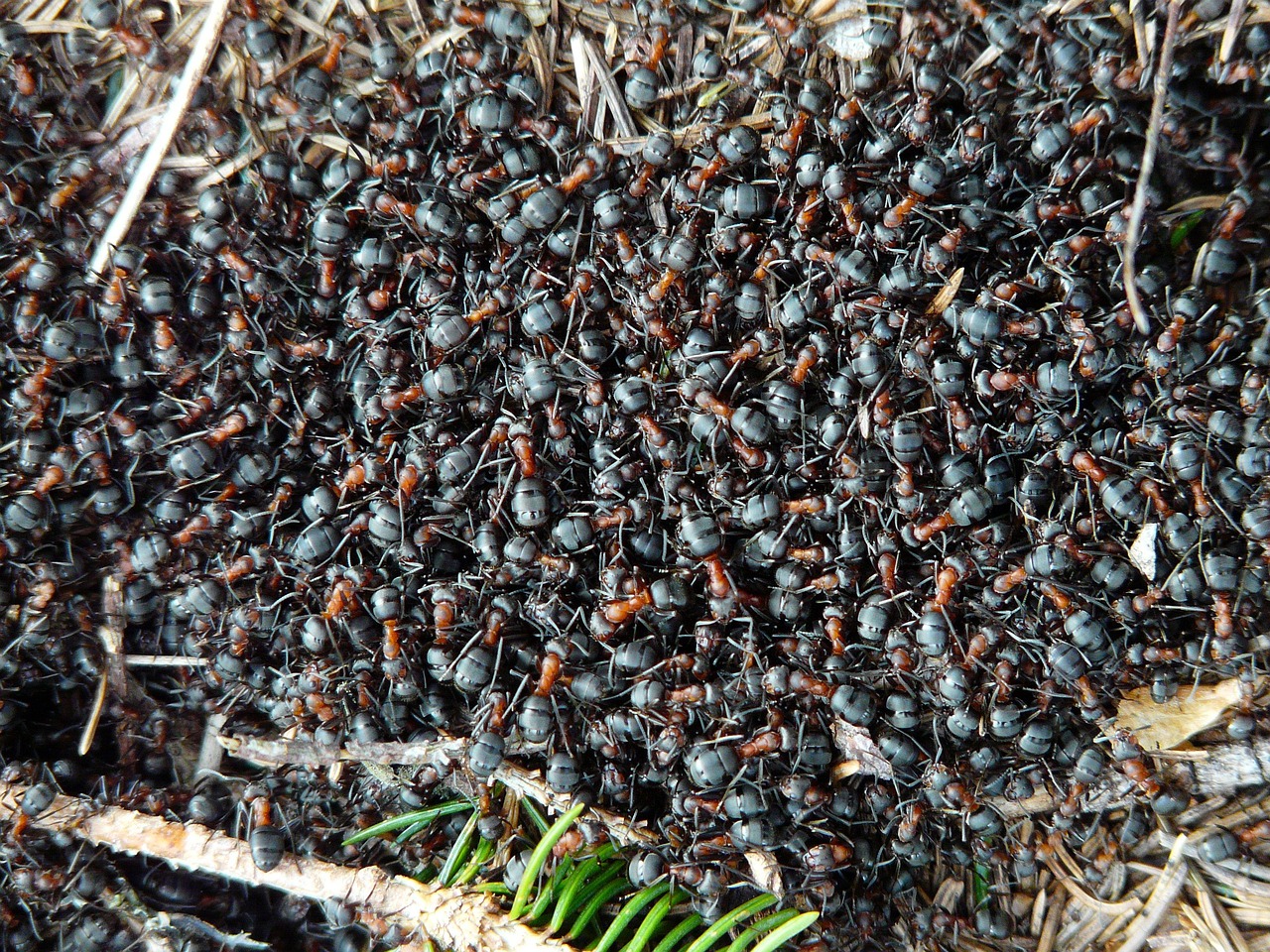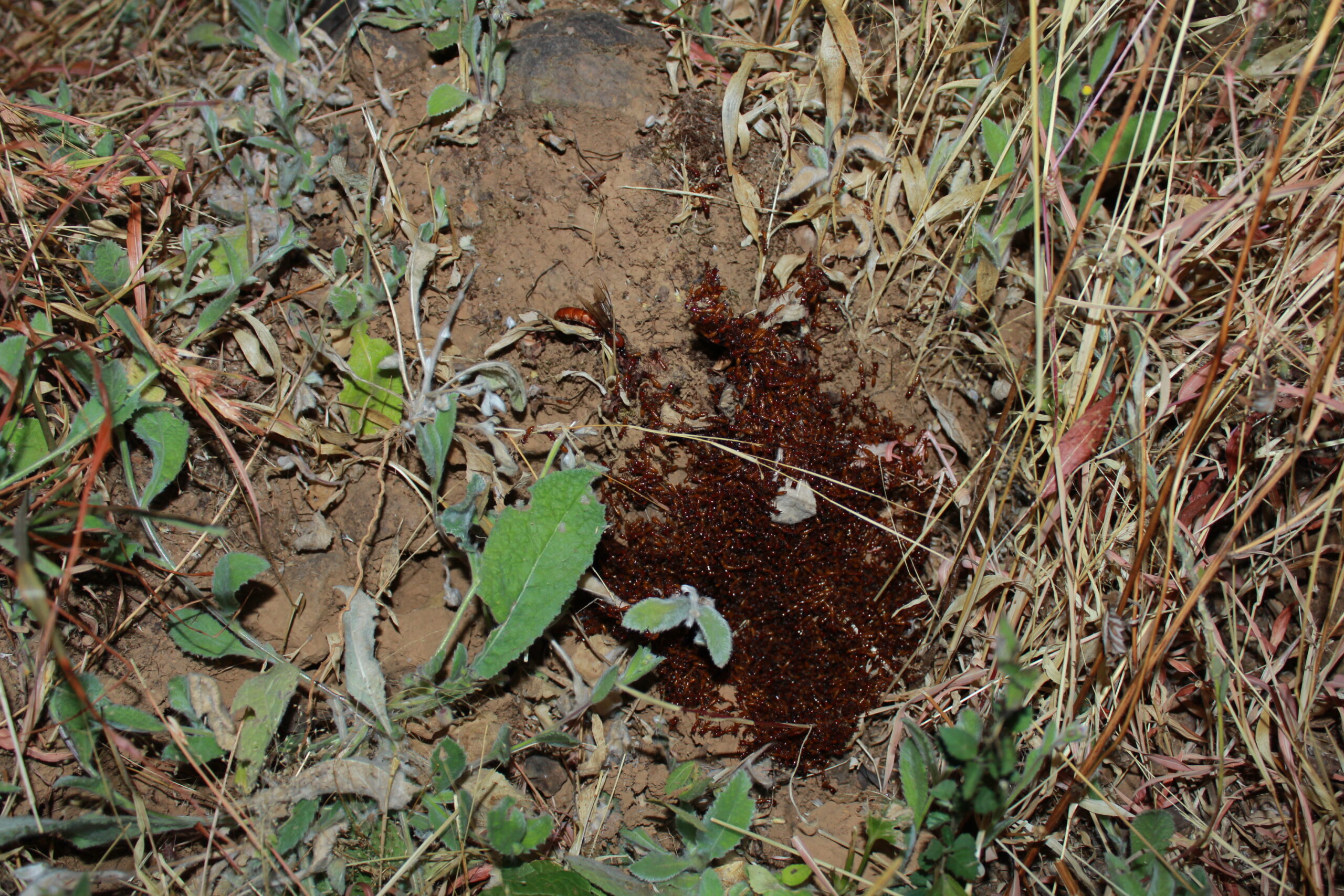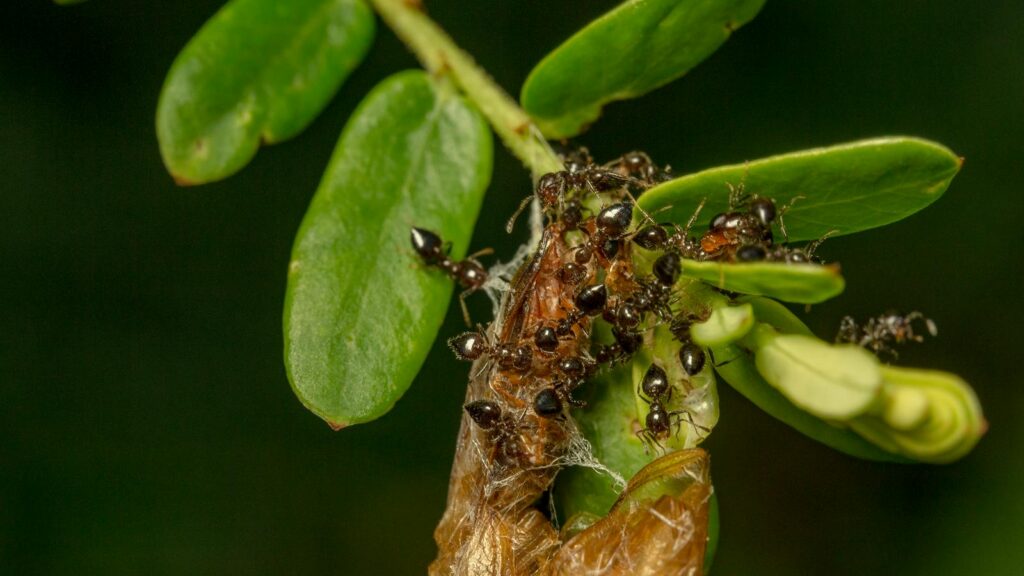Right now, as you read this, there are approximately 20 quadrillion ants crawling across our planet. That’s 20,000,000,000,000,000 individual ants sharing Earth with us. To put that mind-boggling number into perspective, for every human alive today, there are roughly 2.5 million ants scurrying around somewhere. These tiny creatures have conquered nearly every continent, dominated countless ecosystems, and built some of the most sophisticated societies in the animal kingdom. Yet there’s one place on Earth where you won’t find a single ant colony thriving – Antarctica.
The Ancient Origins of Ant Dominance
Ants didn’t just appear overnight and take over the world. These remarkable insects have been perfecting their global conquest for over 140 million years, evolving alongside dinosaurs during the Cretaceous period. Their success story begins with a simple yet revolutionary adaptation – the development of eusocial behavior, where individuals sacrifice their own reproductive success for the good of the colony.
The earliest ant fossils reveal creatures that looked surprisingly similar to modern ants, suggesting their basic body plan was already incredibly successful. Unlike their wasp ancestors, these early ants developed specialized castes, with workers, soldiers, and reproductive individuals each playing distinct roles. This division of labor became the foundation of their world domination.
The Power of Collective Intelligence

What makes ants truly extraordinary isn’t their individual intelligence – it’s their collective problem-solving abilities. A single ant might seem simple, but when thousands work together, they create what scientists call a “superorganism.” This collective intelligence allows ant colonies to solve complex problems, from finding the shortest route to food sources to building elaborate underground cities.
Take the famous bridge-building behavior of army ants. When these nomadic insects encounter a gap they need to cross, individual ants literally form living bridges with their bodies, allowing the colony to move as one continuous unit. No single ant plans this – it emerges from simple rules followed by each individual, creating something far greater than the sum of its parts.
Chemical Communication Revolution

If ants had a secret weapon in their global takeover, it would be their sophisticated chemical communication system. Ants “talk” to each other using pheromones – chemical signals that can convey incredibly complex information. When a scout ant finds food, it lays down a pheromone trail on its way back to the nest, essentially creating a chemical highway for other ants to follow.
But this system is far more advanced than simple breadcrumbs. Ants can communicate danger, mark territory, identify colony members, and even coordinate complex construction projects using these chemical signals. Some species use over 20 different pheromones, creating a chemical vocabulary that rivals human language in its complexity.
Masters of Adaptation

One of the most shocking aspects of ant success is their incredible adaptability. While most species are tied to specific environments, ants have evolved to thrive in deserts, rainforests, grasslands, and even inside your kitchen. Desert ants can navigate using the sun’s position and count their steps to find their way home across seemingly identical sand dunes.
Leaf-cutter ants in Central and South America have developed one of the most sophisticated agricultural systems in the animal kingdom. They don’t actually eat the leaves they cut – instead, they use them to grow fungus gardens that feed their entire colony. This agricultural innovation happened millions of years before humans discovered farming.
The Architecture of Success

Ant colonies are engineering marvels that would make human architects jealous. Some species build underground cities that extend several meters deep, complete with ventilation systems, nurseries, food storage areas, and waste disposal chambers. The largest known ant colony structure, built by leafcutter ants in Brazil, covers an area equivalent to a small city.
These structures aren’t just impressive – they’re incredibly functional. Ant nests maintain stable temperatures and humidity levels, protect against floods and predators, and can house millions of individuals. The ventilation systems in some colonies are so efficient that they maintain air quality better than many human buildings.
Military Strategies That Conquered Continents

Ants didn’t take over the world through peaceful means – they’re some of nature’s most accomplished warriors. Army ants conduct raids that can involve over a million individuals, sweeping across the forest floor like a living carpet of destruction. Their coordinated attacks can overwhelm prey many times their size, from insects to small mammals.
Some ant species have developed chemical weapons, spraying formic acid at enemies or releasing toxic compounds that can kill or paralyze threats. Others have evolved specialized soldier castes with enormous heads and powerful jaws designed specifically for combat. These military innovations have allowed ants to dominate their environments and eliminate competition.
The Numbers Game

The sheer biomass of ants is staggering. Scientists estimate that ants make up about 15-20% of all terrestrial animal biomass – that means the total weight of all ants on Earth roughly equals the total weight of all humans. In tropical rainforests, ants can represent up to 25% of all animal biomass, making them the dominant life form in these ecosystems.
This massive population isn’t just impressive – it’s ecologically crucial. Ants move more soil than earthworms, disperse more seeds than many bird species, and control pest populations that would otherwise devastate plant communities. Their success has literally shaped the environments they inhabit.
Ecological Engineers

Ants are ecosystem engineers, meaning they modify their environment in ways that benefit other species. When ants dig their tunnels, they aerate soil and improve water infiltration. Their waste products fertilize plants, and their food caches often become seed banks that help forests regenerate.
In many ecosystems, ants are keystone species – remove them, and the entire ecosystem would collapse. They control herbivore populations, disperse seeds, and even influence plant evolution. Many plants have evolved special ant-attracting features because having ants around provides protection from other herbivores.
The Global Expansion Strategy
Ants achieved global dominance through a combination of natural dispersal and human assistance. While most ants can’t fly (except during mating flights), they’re incredibly good at hitchhiking. Cargo ships, planes, and even hiking boots have helped ants spread to new continents and islands.
Once established in a new area, ants often become invasive species that outcompete native insects. Fire ants in the southern United States, Argentine ants in California, and crazy ants in various tropical locations have all successfully invaded new territories and established thriving populations. Their success often comes at the expense of native species that haven’t evolved defenses against these newcomers.
Temperature: The Ultimate Limiting Factor
Despite their incredible success, ants face one insurmountable challenge – temperature. As cold-blooded creatures, ants depend on external heat sources to regulate their body temperature and maintain their activity levels. When temperatures drop too low, ants become sluggish and eventually unable to function.
This temperature dependence explains why ant diversity peaks in tropical regions and declines toward the poles. The energy costs of maintaining warm body temperatures in cold climates are simply too high for most ant species. Unlike warm-blooded animals that can generate their own heat, ants must rely on environmental warmth to power their societies.
Antarctica: The Final Frontier
Antarctica represents the ultimate challenge for ant colonization. With average temperatures well below freezing year-round, even the most cold-adapted ant species cannot survive there. The continent’s extreme cold, lack of vegetation, and months of darkness create conditions that are simply incompatible with ant biology.
While some insects have evolved antifreeze proteins and other adaptations to survive in polar regions, ants have never made this evolutionary leap. Their social lifestyle, which requires constant communication and coordination, becomes impossible when individuals are too cold to move or respond to chemical signals.
The Cold-Weather Adaptations They Never Developed

Some ant species have evolved impressive cold-weather adaptations, but none have gone far enough to conquer truly frigid environments. Northern wood ants can survive temperatures down to -40°C by clustering together in their nests and entering a state of reduced activity. However, they still require warm periods to forage and maintain their colonies.
The problem isn’t just individual survival – it’s maintaining the complex social behaviors that make ants successful. Colony coordination breaks down when temperatures drop too low, making it impossible to care for young, gather food, or defend against threats. Without these essential social functions, ant colonies cannot persist in extremely cold environments.
Climate Change and Future Ant Expansion
As global temperatures rise, ant distributions are shifting poleward. Scientists have documented ant species expanding their ranges northward in North America and Europe, colonizing areas that were previously too cold for them. This expansion is happening at a rate of several kilometers per year in some regions.
While Antarctica remains off-limits due to its extreme conditions, sub-Antarctic islands are becoming more hospitable to ant colonization. Some researchers predict that certain coastal areas of Antarctica might become suitable for ant habitation within the next century if warming trends continue. However, the continent’s interior will likely remain ant-free for the foreseeable future.
The Evolutionary Success Formula

The ant success story boils down to a winning combination of factors: social cooperation, chemical communication, adaptability, and sheer numbers. These tiny creatures have mastered the art of working together, creating societies that are more efficient and resilient than almost any other animal group.
Their global dominance isn’t just about being tough – it’s about being smart, cooperative, and incredibly persistent. Every ant species has evolved specific adaptations to their environment, but they all share the fundamental traits that have made ants so successful. From the Amazon rainforest to the Sahara Desert, ants have found ways to thrive where other insects struggle to survive.
The next time you see ants marching across your sidewalk, remember that you’re witnessing one of evolution’s greatest success stories in action. These remarkable creatures have conquered our planet through teamwork, innovation, and pure determination. While Antarctica remains their final unconquered frontier, ants have already achieved something truly extraordinary – they’ve built a global empire that has lasted for millions of years and shows no signs of slowing down. What other species can claim to have literally shaped the world they inhabit?

